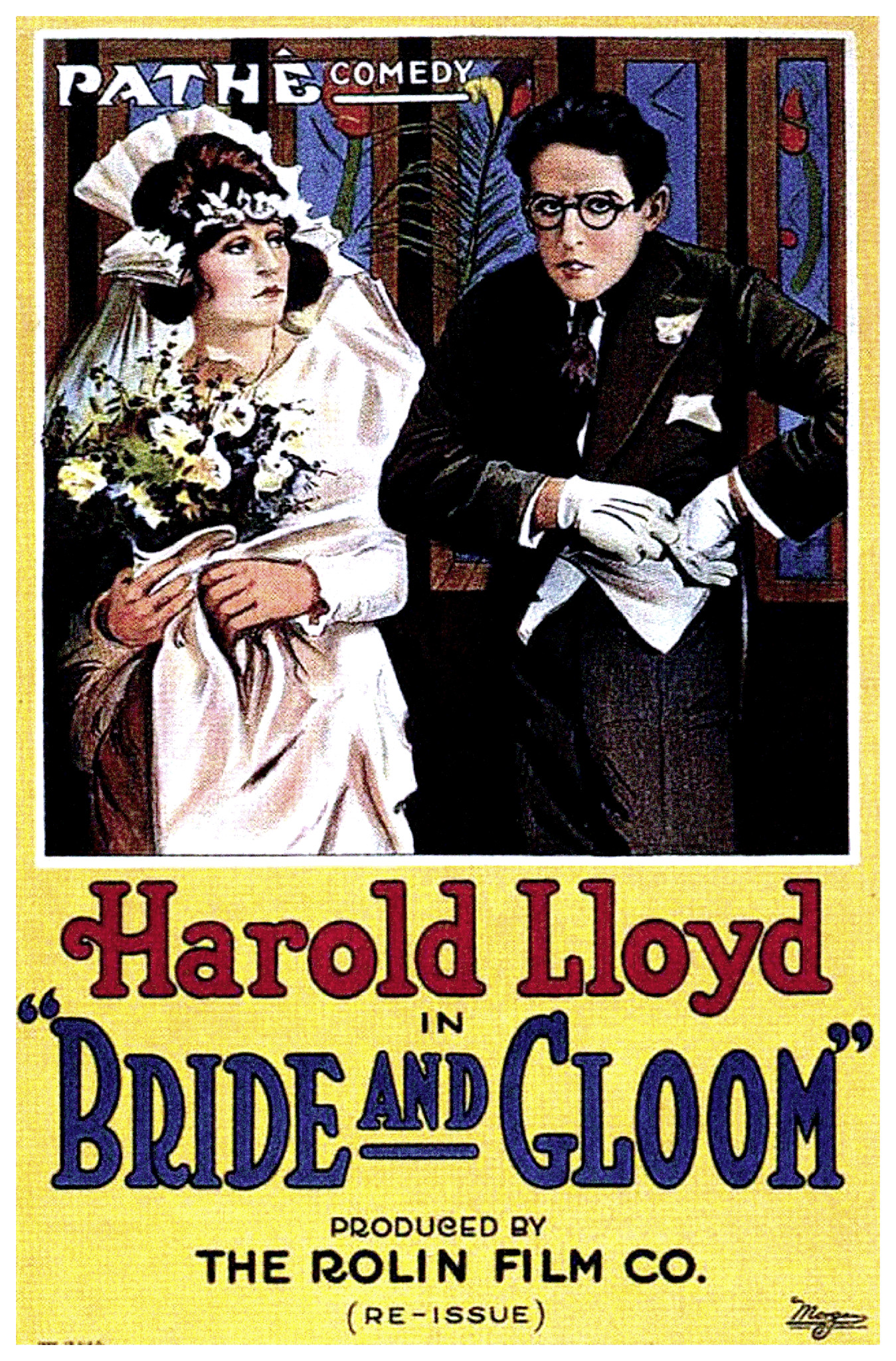
The popular philsophical writer Alain de Botton recently published an article in the New York Times outlining the ways in which, in the end, everyone marries the wrong person (a longer version of this essay can be found here) While this is often a cause for despair, de Botton chimed in with an encouraging note, as well as a note of caution with the words:
The good news is that it doesn’t matter if we find we have married the wrong person…We mustn’t abandon him or her, only the founding Romantic idea upon which the Western understanding of marriage has been based the last 250 years: that a perfect being exists who can meet all our needs and satisfy our every yearning.
This observation of the effect that that what he calls the “Romantic idea” of marriage is an important one, for it would seem that the current environment of image-saturation, creating a condition that the Marxist philosopher Jean Baudrillard’s called “hyperreality”, exacerbates the “Romantic idea”. This is because conditions of hyper-reality – where images are deemed more real than reality itself – bear the potential to generate, and indeed have generated, simulations of a spouse that cement themselves into the mind’s eye to the point that actual, embodied spouses are constantly coming up short, whether it is in terms of appearance, temperament, abilities or delivery of lifestyle. The actual spouse is constantly exposed to be nothing like the sweeping movie scene, the checklist or the airbrushed photo on Pinterest. It is in love that the death of actuality at the hands of an overpowering potentiality are most viscerally experienced.
On the other hand, what the article by de Botton, and indeed the Theological work on marriage in the tradition of St. John Paul II and Marc Oullet highlight, is that the taking of a spouse is always a taking in of a mystery that is gradually and constantly unfolding before you. Marriage is that context within which the embodied reality of the spouse acts as an abrasive to grind back the simulations that the conditions of hyperreality have encrusted onto us. An important task of the spouse then is twofold, to resist the simulations of the spouse delivered by movies, music videos and social media, but also develop a disposition of active waiting for the unfurling of one’s actual spouse.











